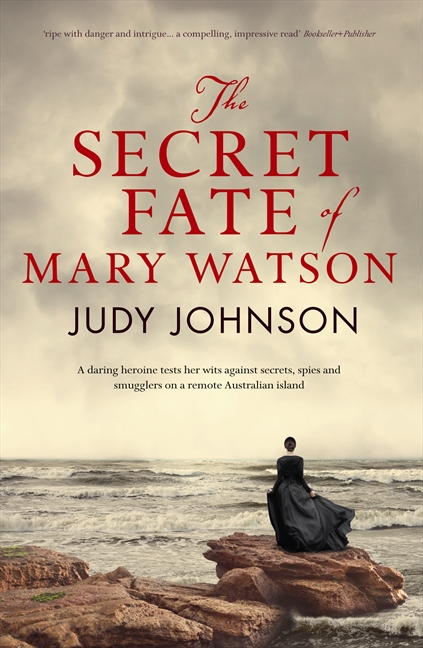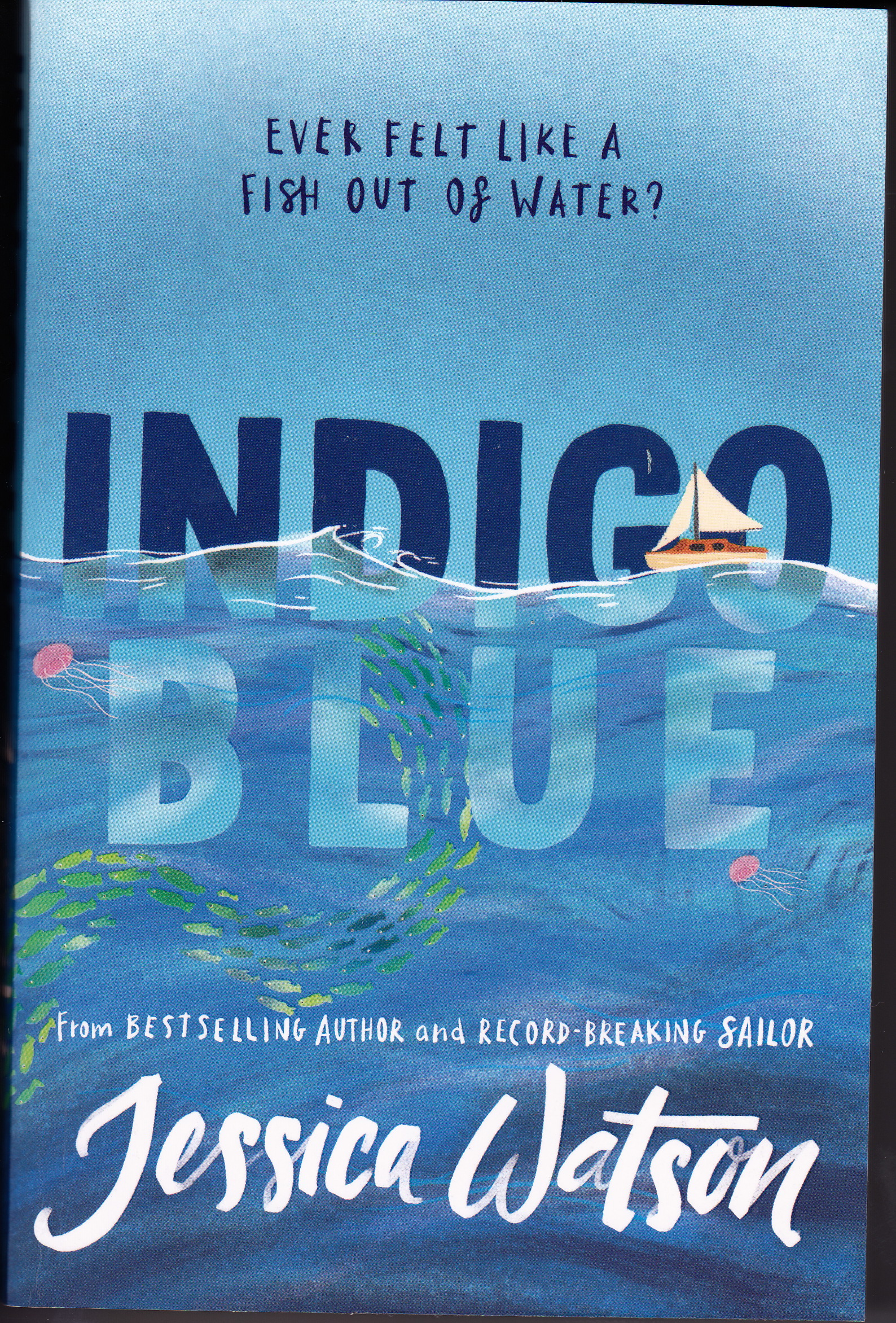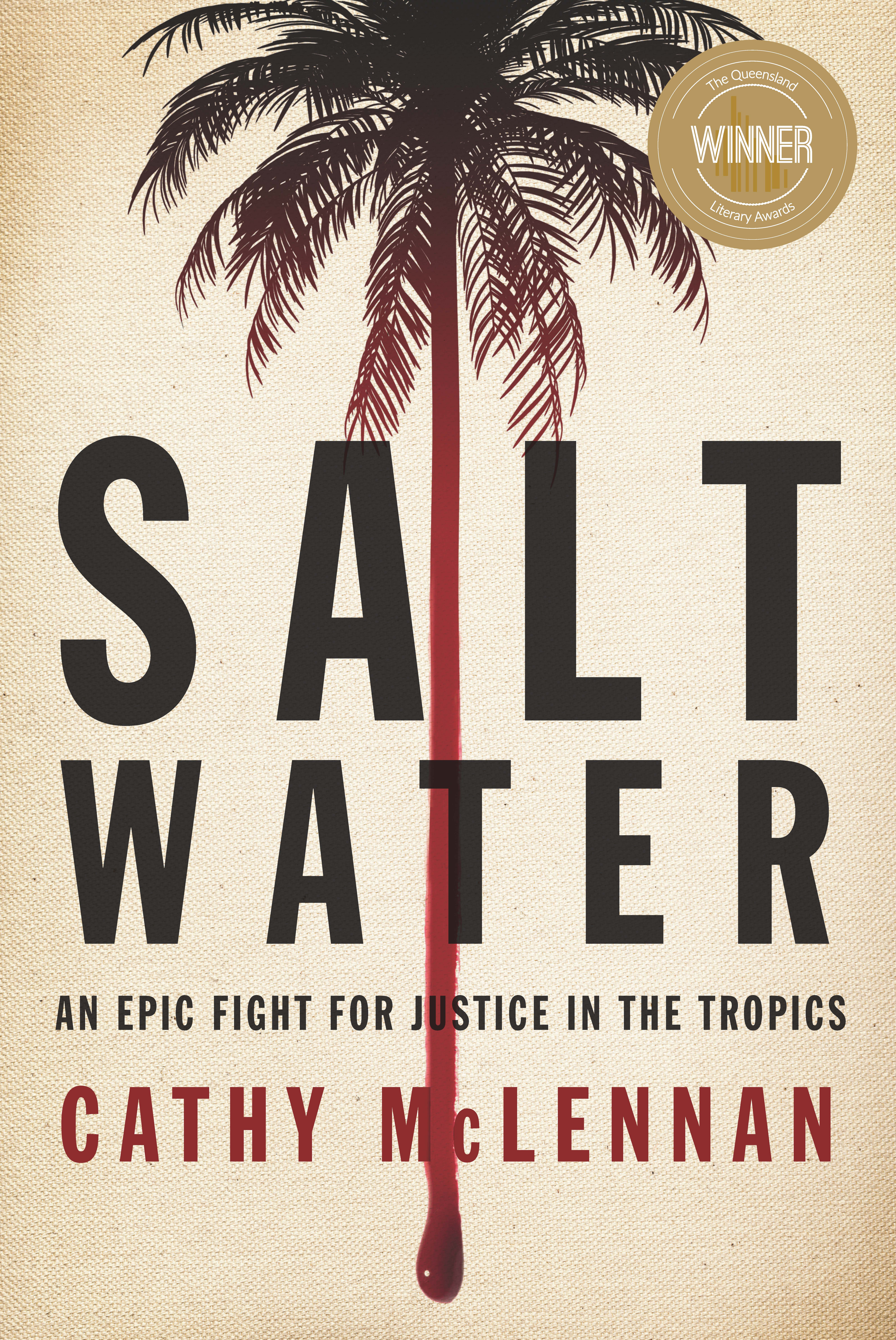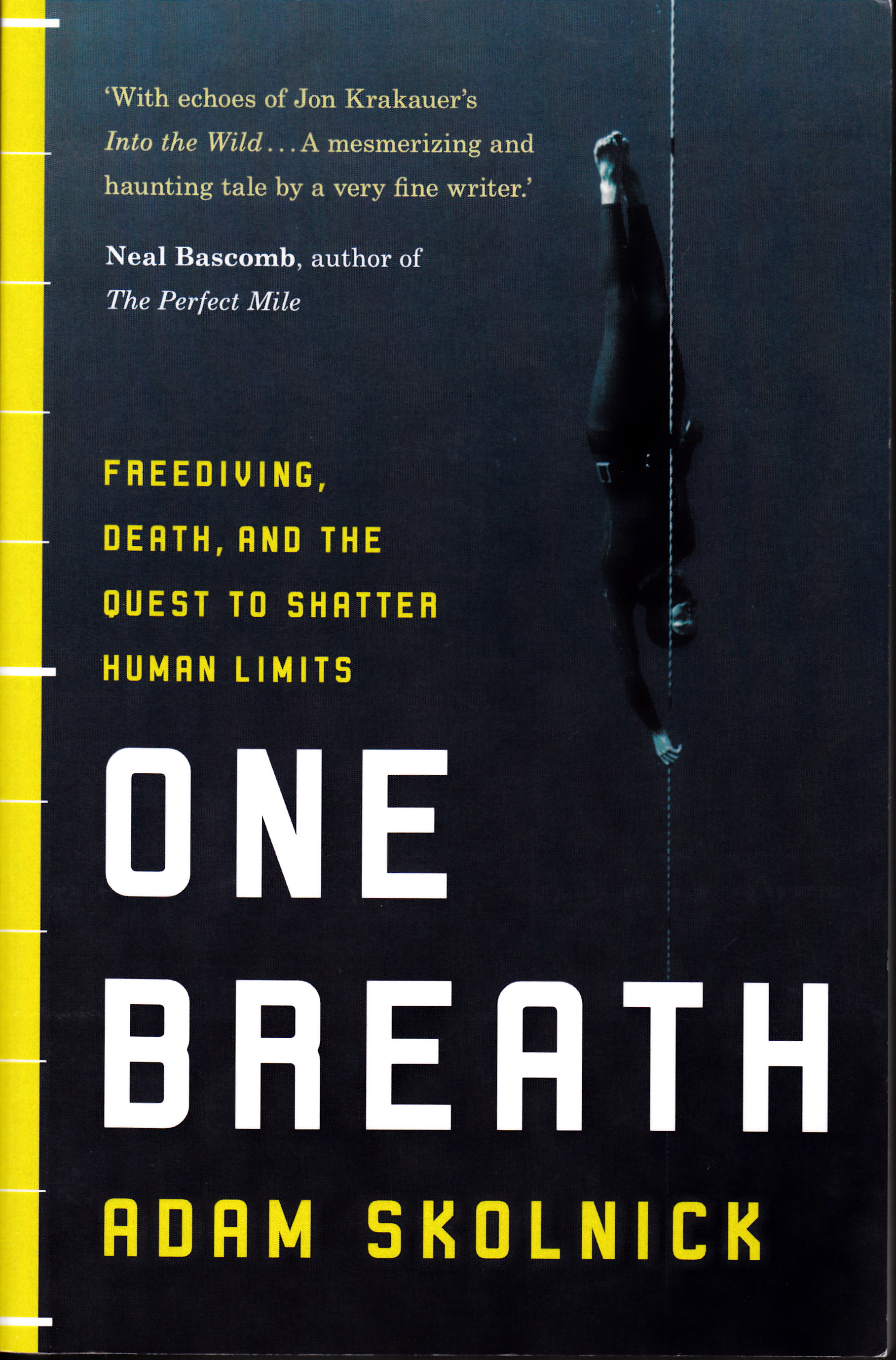Blurred boundaries in an imagined life
Novelists, unlike nature, adore a vacuum. The gaping hole of the unknown has an attractive force beyond compulsion. If there are uncertainties in stories or some small discrepancy in evidence, a novelist will be wondering, What if?
Novelists are also attracted to edges and boundaries, and one of the most fruitful is that between fiction and history. That it is a contested boundary in Australian letters is reinforced frequently, not always satisfactorily.
Kate Grenville, who has been caught up in previous border crossfire, has argued for the right of novelists to remain outside history wars and posited her interest in acknowledging “the complex relationship, backwards and forwards across an invisible line, between the world of fiction and the world inhabited by living people”.
This is a solid argument for using history to which one applies the alchemy of fiction. But what if a novelist takes some bit of history, keeps names and dates and setting intact, and reworks narrative and character to confound the accepted version?
In Judy Johnson’s imaginative, poetic novel, the story of the brief adult life and dramatic death of Mary Watson in north Queensland in the late 19th century is colourfully reworked. The commonly told historical account has young Mary, an immigrant with her family from England, marrying the much older bêche-de-mer fisherman Bob Watson in 1880 and going to live with him on Lizard Island, 35 kilometers off the Queensland coast. In October 1881, when Bob and most of the men were away for some weeks scouting for other fishing fields, mainland Aborigines attacked, killing one of the Chinese workers on the island. Mary, just 21-years-old, her baby son Thomas Ferrier and the other Chinese worker, Ah Sam, gathered some precious possessions, food and water and launched the square, cut-down, metal ship’s tank which was used for boiling the bêche-de-mer. This version is buttressed by Watson’s diary, left at the house on Lizard Island, and a series of written notes found with the bodies of the three some months later, as well as the depositions to the inquest examining the deaths.
The tank is on display at the Queensland Museum. Mary Watson’s diary and her notes from the voyage in the tank are held at the John Oxley Library in Brisbane. The story has had a number of interpretations since the florid descriptions of Mary as heroine in the aftermath of the discovery of the bodies on an island in the Howick Group, more than 40 km away from Lizard, and the savage repercussions against Aborigines that preceded that discovery.
The Australian Dictionary of Biography describes Mary as “reserved, nervous and delicate, a talented piano player who started schools”. The artist, Alan Oldfield, in a series of paintings (reproduced in Lizard Island: The Journey of Mary Watson by Suzanne Falkiner and Alan Oldfield, Allen & Unwin, 2000) depicts a stoic, suffering Watson who endures within an azure seascape. Falkiner, after studying Watson’s diary, thought her “severe, intelligent, almost school-marmish”. She was “neat and precise and single-minded”.
But these faint praises are not how Johnson sees her character. She builds Mary as a lippy, smart, streetwise girl, with the observational skills of a cardsharp. Whether looking for a job in Brisbane or playing the piano in a whorehouse in Cooktown, Johnson’s Mary is well capable of looking after herself and inclined to a bit of derring-do and intrigue in her quest to make a shilling.
Secrets and subterfuge are the basis for almost all the stormy relationships between Johnson’s characters. Though Mary Watson’s real diary records some spats with Bob, Falkiner’s view was “there is no sense of doubt or hint that Mary felt she might have made a mistake in her marriage”. But in Johnson’s novel, Mary is a woman escaping an abusive father who marries a cruel and bitter man as a pretext for getting to the island for the purpose of earning money by signalling smugglers.
One could argue that there are now so many complexities and claims for the history-fiction marriage that almost anything is permissible but I can’t quite bring myself to that liberality of view. Dead people can’t sue for defamation but there is, I think, a kind of empathetic and moral line that a novelist crosses in arbitrarily making a character called by a real person’s name a person of disrepute. Johnson rides that line with insouciance, skilfully capturing sympathy for her constructed Mary, but the depiction of Watson’s father as an incestuous paedophile and her husband as a violent lecher after young flesh had me feeling a deep disquiet. It did not seem to me that this served the greater truth that novelists like to claim is possible in fiction when fact leaves something to be desired.
I was sorry to feel this way because I so enjoyed Johnson’s lively and often beautiful imagery. She has long practised as a poet. Her published and much praised collections include Navigation, Nomadic, Wing Corrections and Light and Skin. Her verse novel Jack won the C. J. Dennis Prize for Poetry in the Victorian Premier’s Literary Awards in 2007.
This review first appeared in The Sydney Morning Herald 14-15 May 2011. © Jennifer Moran 2011

… there is nothing - absolutely nothing - half so much worth doing as simply messing about in boats.
- Ratty to Mole in The Wind in the Willows by Kenneth Grahame




